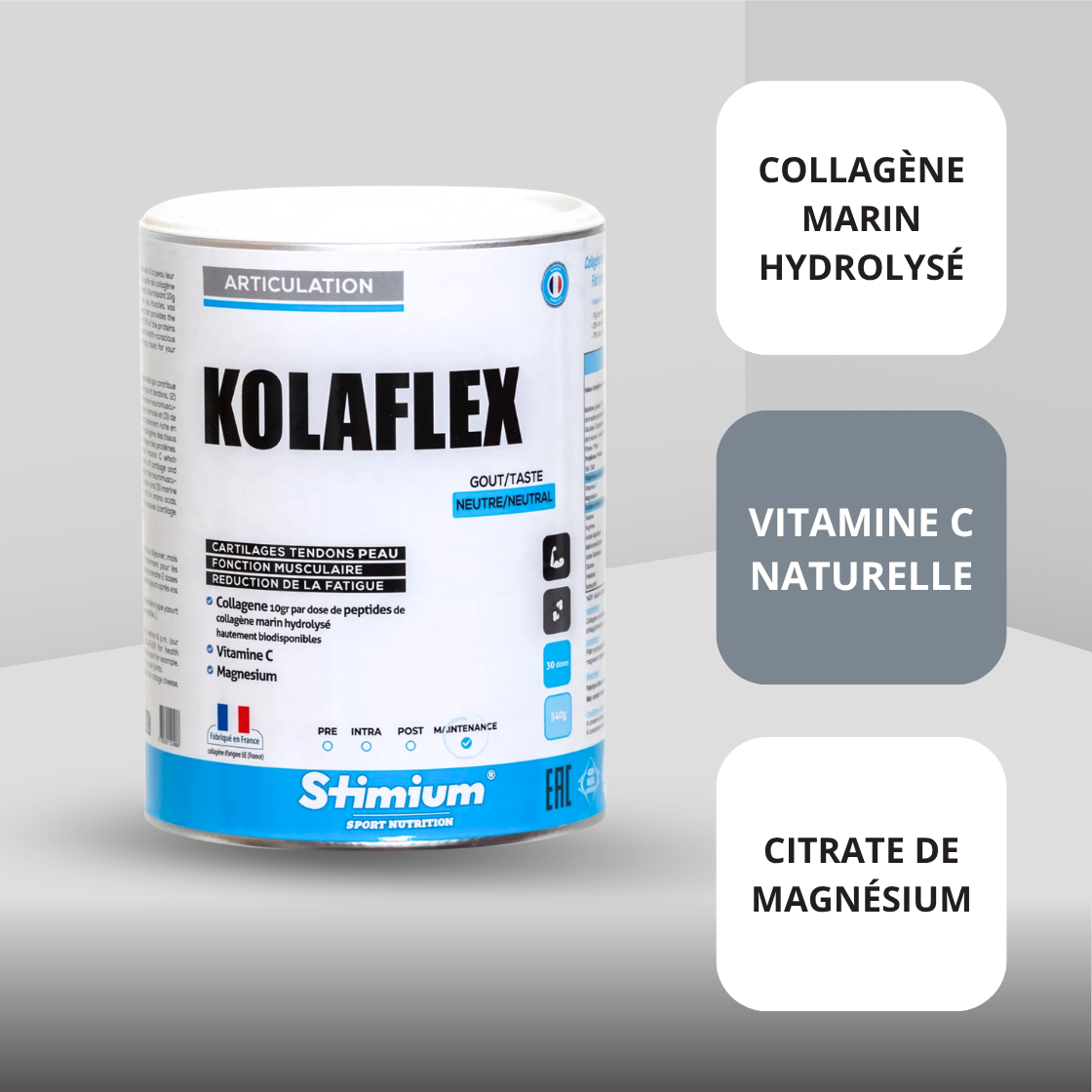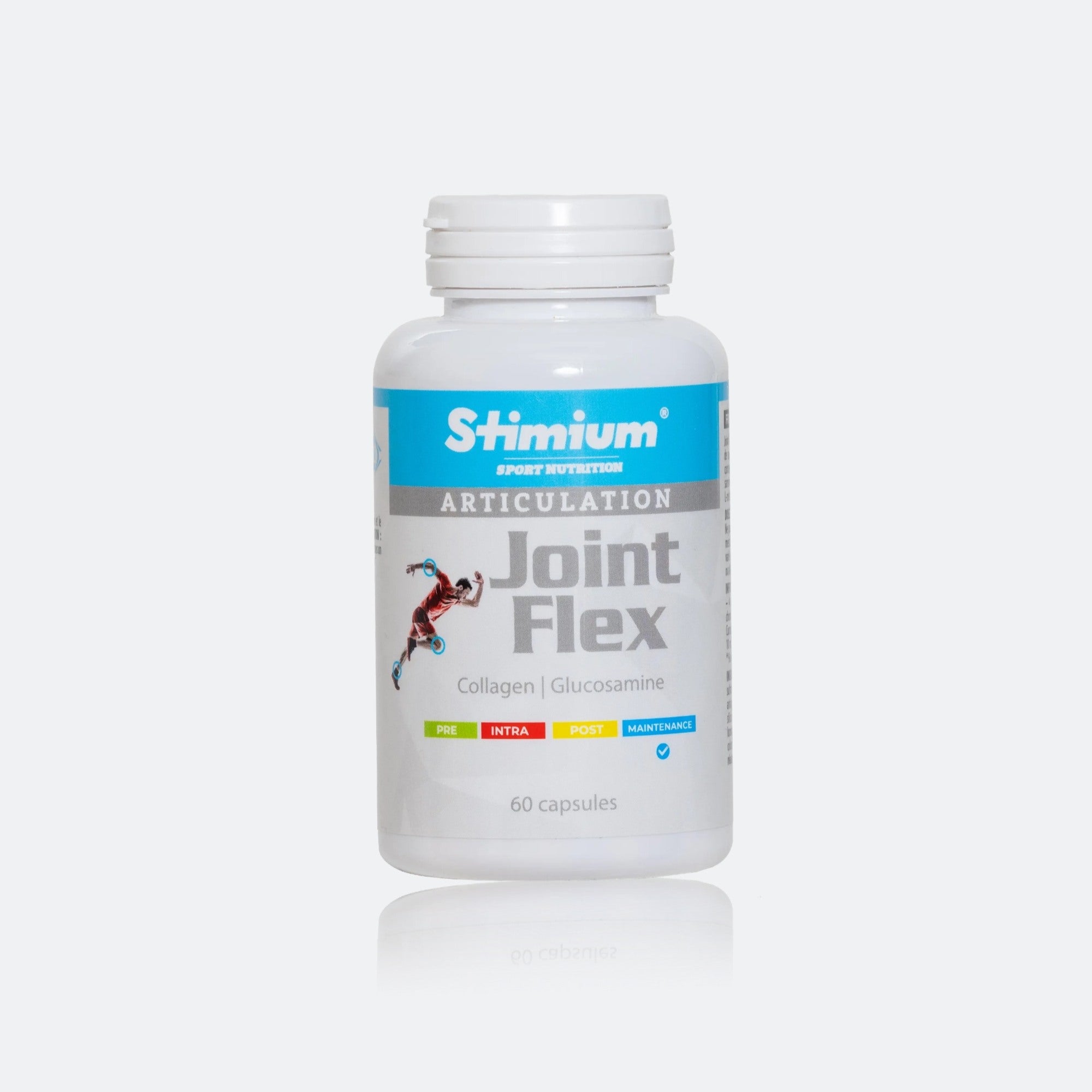Stimium PreWorkOut Max Energy Drink with Caffeine Beta Alanine & Creatine 300g
loading
Regular price
€32,00
Stimium Pwr Creatine 120 Tablets 1g, Muscle Strength and Power
loading
Sale price
€18,00
Regular price
€18,57











